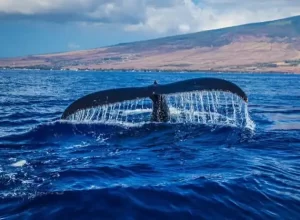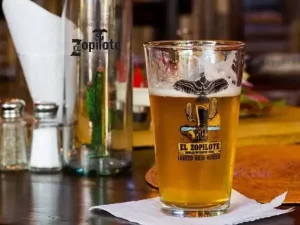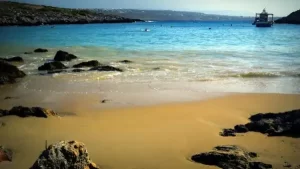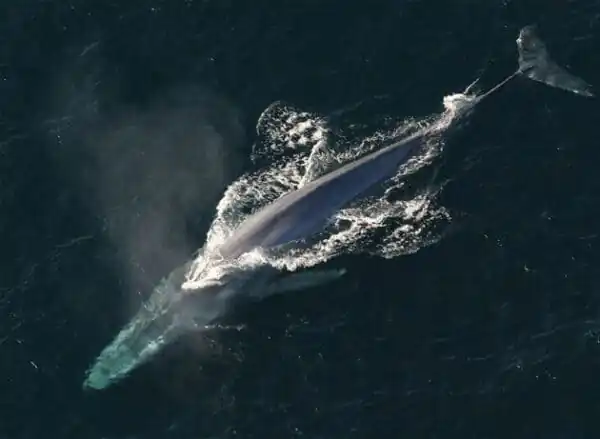
Loreto Blue Whale Festival 2022
A celebration that takes place every year, the Blue Whale Festival that celebrates the visit of the Blue Whale It will be celebrated in March, it is the fourth time it is done and what is already a tradition in this tourist destination.
The Parque Nacional las Bahias de Loreto Mexico has received for years the visit of this curious animal that has been the favorite place to mate and have their young as well as feed in this season of the year where the pleasant climate at the beginning of the year, between January and March to the place of arrival for the migration, which goes from the icy waters of the north to this pleasant and warm bay.
Activities at Loreto Blue Whale Festival 2021
The Loreto Blue Whale Festival event is composed of a variety of cultural, recreational and tourist activities, where the main theme is the sighting of the blue whale in the National Park of the Bay of Loreto. The festival offers related information about these mammals, about the appreciation and conservation of these whales, aimed at both children and adults.
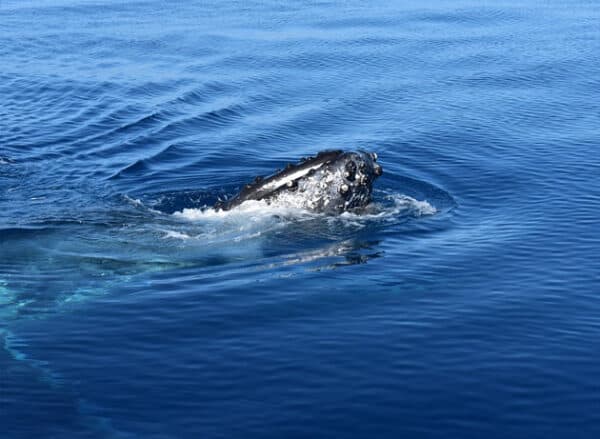
Within the framework of El Loreto Blue Whale Festival is also used to show off the great tourist and traditional attractions offered by this destination, from gastronomic exhibitions, such as handicrafts, music concerts, as well as exhibitions of photographic and painting exhibitions, and various types of competition indeports to be held both on the water and at the beach of the Magic Town of Loreto Mexico.
Loreto Whale Watching Tours and Activities
During this season from January to March Loreto Pueblo Mágico prepares to traditionally receive both domestic and foreign tourists who, like many, come to fulfill the purpose of being able to see, hear and even feel the Blue Whale in its natural environment while resting in this Protected natural area where it periodically arrives for several weeks.
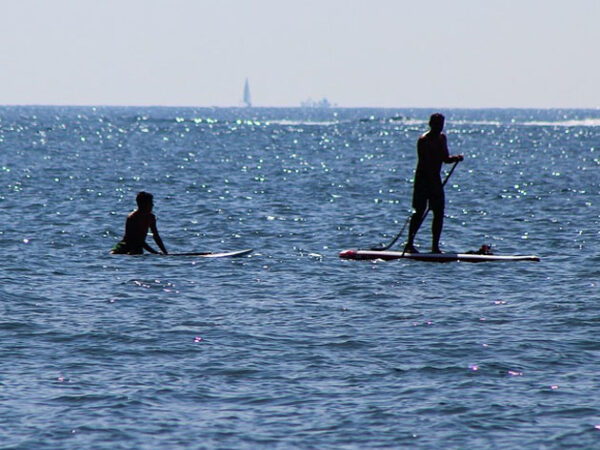
During the stay the whales can rest and sleep as if they were on vacation and can feed and a crustacean called krill which is very attractive and abundant in this part of the Sea of Cortez, in addition to mating or having their small calves.
